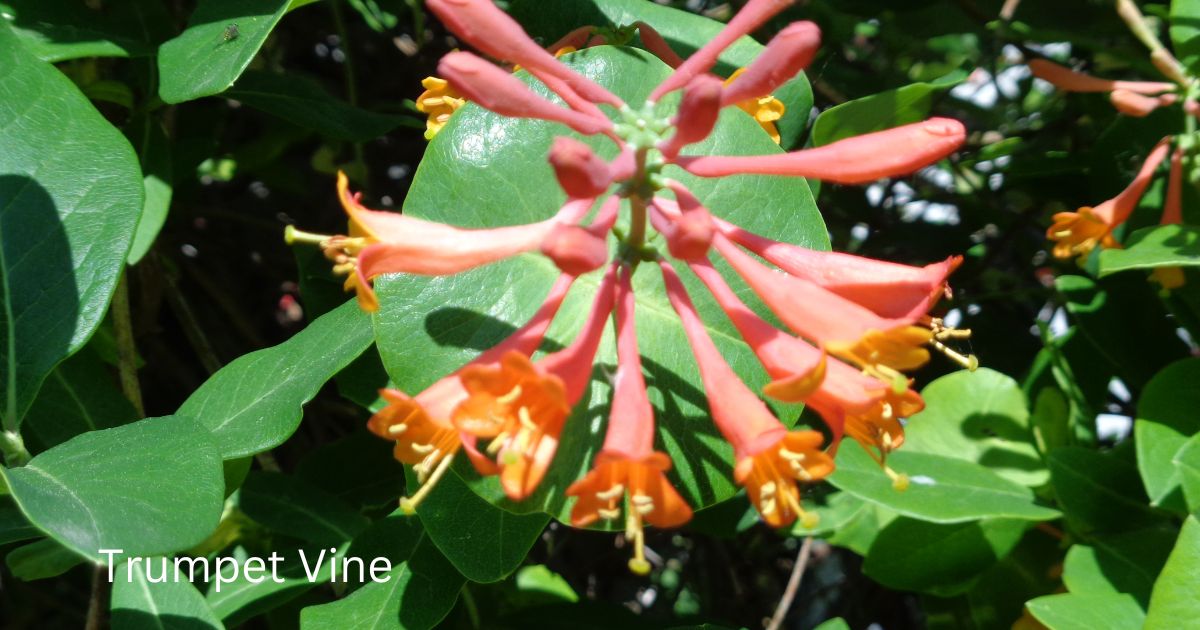Trumpet vines thrive in well-draining soil, so mix in some sand or gravel if needed to avoid over watering. Aim for a pH level between 5.0 and 6.5, as these vines prefer slightly acidic conditions. Prepping the soil ahead of planting sets a solid foundation for growth.
These sun-loving plants need a spot with full sunlight, at least six to eight hours a day. Pick a location that gets maximum sun exposure for strong growth and vibrant blooms. Too much shade can lead to fewer flowers and leggy growth.
Consistent watering is key, especially in the first few years while your trumpet vine gets established. Keep the soil evenly moist, but not soggy. Over-watering might cause root rot, so getting a feel for the right moisture balance is crucial.
Planting trumpet vines involves considering their growth potential. They can spread quickly and might become invasive without some control. Best to plant them away from delicate garden areas or structures like fences and walls that you don’t want overrun.
Mastering Maintenance: Pruning and Protection of Trumpet Vines
Pruning is vital for your trumpet vine’s health and appearance. Regular trimming helps control its rapid growth and encourages more blooms. Best time to prune? Late winter or early spring, before the new growth spurt kicks off. Just grab a pair of sharp shears and focus on cutting back overgrown or damaged branches.
Dealing with pests and diseases? Trumpet vines are generally resilient, but you might encounter aphids or fungal issues. A strong blast of water can tackle aphids. For fungi, ensure good airflow around the vine, and if needed, treat with an appropriate fungicide.
One potential concern is the vine’s toxicity. All parts of the trumpet vine are toxic if ingested, so keep an eye on pets and kids who might be tempted to nibble. It’s a beautiful addition to your garden, but definitely not for snacking!
Maintaining the vine’s health while boosting its beauty takes regular care and attention. Pruning and monitoring the plant assures it grows bright and lush while staying manageable. A consistent check-up routine helps catch any problems early and keeps your trumpet vine thriving.

Diverse Beauties: Varieties, Colors, and Wildlife Attraction
Trumpet vines bring a burst of color to any garden, with varieties offering shades from fiery reds and oranges to sunny yellows. Popular choices include the classic Campsis radicans and the less common but equally stunning Campsis grandiflora.
These plants aren’t just show-stoppers; they’re great for attracting wildlife, too. Their tubular flowers are a hit with hummingbirds, who love sipping the sweet nectar, adding a dynamic and lively presence to your garden. Bees appreciate trumpet vines as well, helping with pollination while boosting your garden’s ecosystem.
Working trumpet vines into your garden theme is simple. Pair them with other climbers like clematis for a mixed bloom showcase, or let them stand alone for a bold statement. Whether climbing a trellis or sprawling along a fence, they bring an enchanting touch to your outdoor space.
Integrating trumpet vines not only delights the eye but also supports local biodiversity. When placed rightly, they offer birds and insects a welcoming habitat, enriching the garden’s life and vibrancy.
